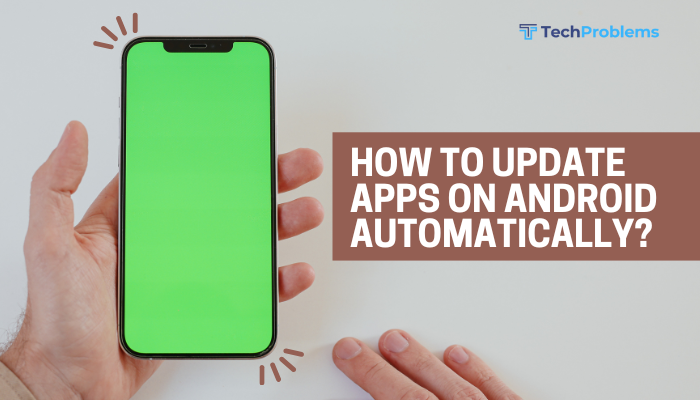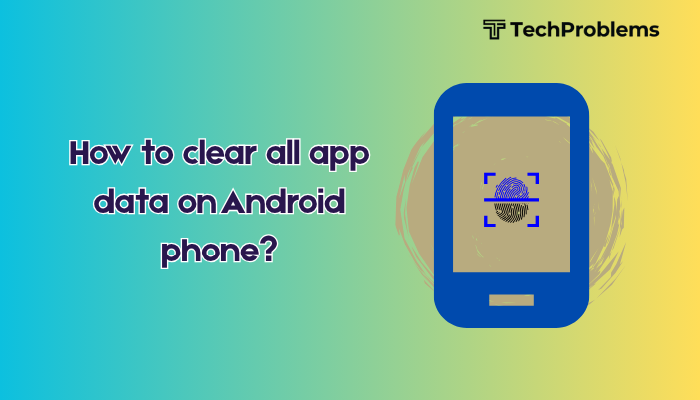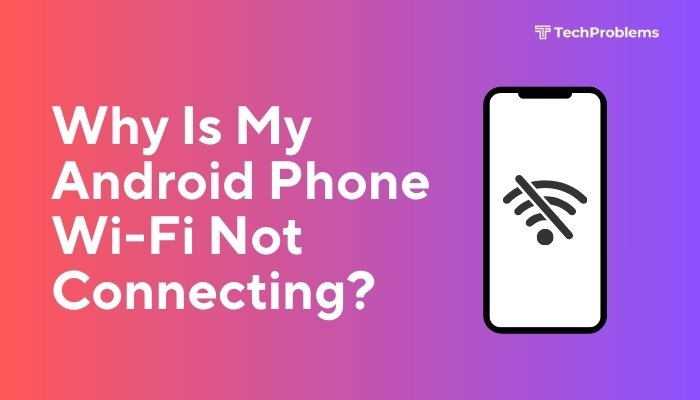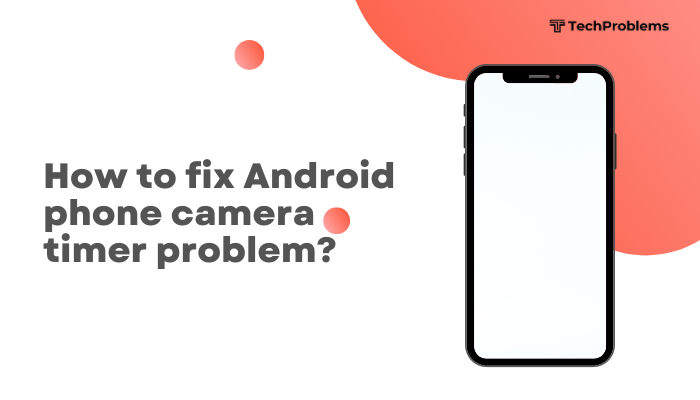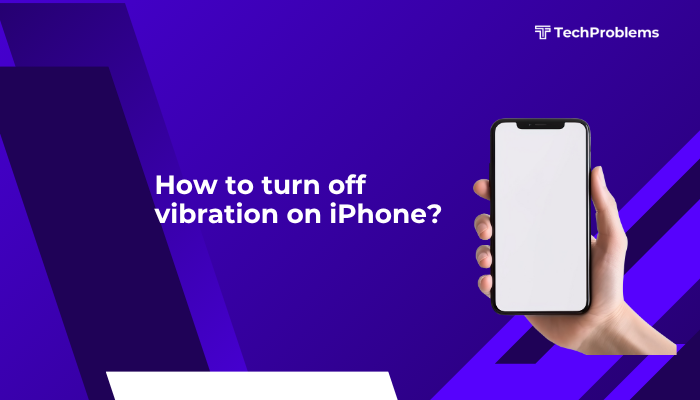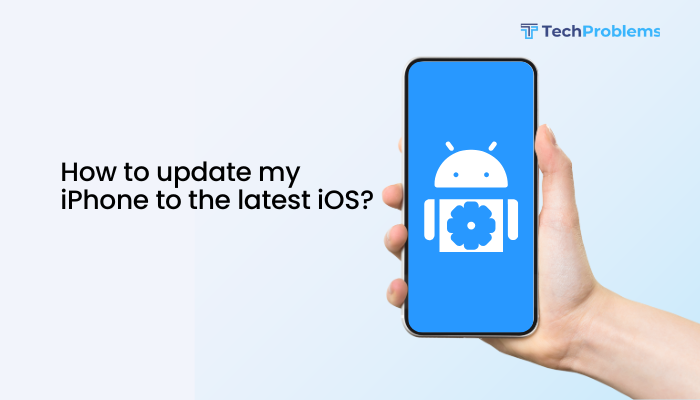Modern Android phones feature large displays that can be hard to reach with one hand. One-handed mode shrinks the screen content or shifts the interface, making it easy to reach the top corners with your thumb. This comprehensive 1,500-word guide will teach you everything about Android’s one-handed mode—why it’s useful, how to enable it on different devices, alternative approaches, customization, and troubleshooting.
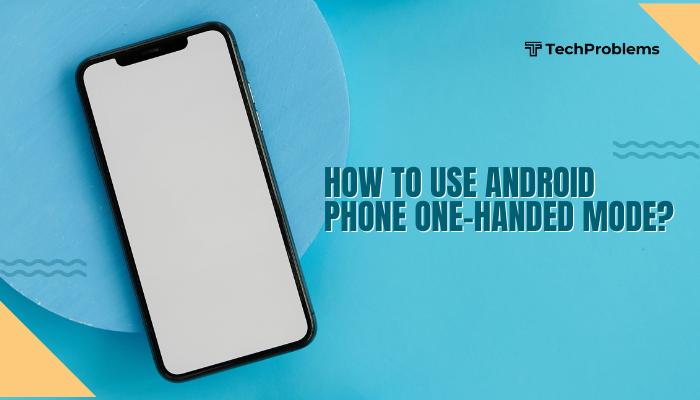
Why Use One-Handed Mode?
As phones grow in size, one-handed mode offers clear benefits:
- Reachability: Access controls, notifications, and keyboard keys at the top of the screen.
- Safety: Use your phone with one hand while holding something else, such as a bag or a child.
- Speed: Quickly navigate your phone without shifting grip or using both hands.
- Comfort: Reduce thumb stretch that can lead to muscle strain during prolonged use.
Whether you’re commuting, cooking, or just multitasking, one-handed mode makes large-screen phones feel compact.
One-Handed Mode on Stock Android (Pixel, Android One)
Pixel and many Android One devices include a built-in one-handed mode.
Enabling One-Handed Mode
- Open Settings
- Tap the Settings icon.
- System > Gestures
- Scroll down and select System, then Gestures.
- One-Handed Mode
- Tap One-handed mode.
- Toggle On
- Enable the switch labeled Use gesture to shrink screen.
- Complete Tutorial
- Follow the on-screen instruction: swipe down in the gesture bar area (at bottom of screen) to shrink the display.
Using One-Handed Mode
- Activate: Swipe down on the bottom edge of the screen.
- Interact: The screen shrinks to roughly 60-70% of its original size.
- Return: Tap outside the shrunken area or press Back to exit.
One-Handed Mode on Samsung Galaxy Devices
Samsung’s One UI offers a robust one-handed mode that works with buttons or gestures.
Gesture Method
- Settings > Advanced Features
- Open Settings, tap Advanced features.
- One-Handed Mode
- Scroll down and select One-handed mode.
- Gesture Activation
- Choose Gesture.
- Activate with Swipe
- Swipe diagonally from either bottom corner toward the center.
Button Method
- Settings > Advanced Features > One-Handed Mode
- Button Toolbar
- Choose Button.
- Activate with Home Button
- Tap the Home button three times quickly to shrink the screen.
Customize Size and Position
- Screen Size: Adjust the slider to choose how small the screen becomes.
- Screen Position: Drag the shrunken window to left or right side for optimal reach.
One-Handed Mode on Xiaomi MIUI
MIUI offers both a one-handed mode and quick ball features.
Enabling One-Handed Mode
- Settings > Additional Settings
- Go to Settings, then Additional settings.
- One-Handed Mode
- Tap One-handed mode.
- Enable and Select Mode
- Turn on One-handed mode, then choose Full-screen display shrink or 3-button navigation shrink.
- Activate
- If using full-screen gestures: swipe right or left from the bottom corner.
- If using navigation buttons: tap the Overview button three times.
Quick Ball Alternative
- Settings > Additional Settings > Quick ball
- Enable Quick ball and add One-handed mode as a shortcut in the Quick ball menu.
One-Handed Mode on Huawei EMUI
EMUI includes a simple one-handed touch mode.
Enable One-Handed UI
- Settings > Smart Assistance
- One-Handed UI
- Tap and enable One-Handed UI.
- Choose Activation
- Select from Gesture or Buttons:
- Gesture: Swipe down diagonally from a bottom corner.
- Button: Double-tap the Home button.
- Select from Gesture or Buttons:
One-Handed Mode on OnePlus OxygenOS
OxygenOS offers a compact mode under gestures.
Enable Compact Mode
- Settings > Buttons & gestures
- Quick gestures > One-handed mode
- Toggle On
- Activate:
- Swipe down on the Home button (if using 3-button);
- Swipe down on the bottom edge (if using gestures).
Customize
- OnePlus does not offer size adjustment; the screen shrinks to a predetermined size (~65%).
One-Handed Mode on Sony Xperia
Sony’s UI includes a small-screen mode.
Enabling Small-Screen Mode
- Settings > System > Gesture
- Small-screen mode
- Toggle On
- Activation Gesture
- Swipe down on the navigation bar or tap the gesture guide.
Universal One-Handed Mode via Android Accessibility
If your device lacks built-in options, use Accessibility features.
Interaction Control
- Settings > Accessibility
- Interaction Control (on some OEMs)
- Enable Single-Hand Operation
- Activate via shortcut in Accessibility menu.
Magnification or Zoom
- Magnification gestures can pinch-zoom out to create a small viewport.
- Settings > Accessibility > Magnification > triple-tap to open zoom, then adjust viewport size.
Third-Party Apps for One-Handed Mode
When native options are not available, several apps emulate one-handed mode.
Recommended Apps
- One Hand Operation + (by Samsung): Works on many devices even if not Samsung.
- EasyTouch: Floating menu with one-handed mode shortcut.
- One-Handed Mode (by Atom Scientific): Shrinks screen and offers position/size controls.
Installation and Setup
- Download from Google Play Store.
- Grant Permissions: Accessibility and Overlay permissions.
- Configure: Choose gesture/button activation, screen size, and position.
Tip: Ensure “Draw over other apps” permission is granted for overlay to function.
Customize and Optimize One-Handed Mode
Adjust Size and Position
- Most OEM and third-party solutions let you drag or resize the shrunken window.
- Experiment with different sizes (55% to 80%) and positions (left/right) to find your sweet spot.
Combine with Reachability Shortcuts
- On iPhones, a double-tap of Home brings down UI. On Android, map a double-tap or long-press gesture (Nova Launcher) to one-handed mode.
- Use Tasker to automate one-handed mode activation based on context (e.g., when holding with one hand as detected by motion sensors).
Troubleshooting One-Handed Mode
Even with built-in support, you may face issues. Here’s how to resolve common problems:
One-Handed Mode Not Activating
- Check Gestures vs. Buttons: Ensure you’re using the correct activation method for your navigation style.
- Restart Device: Simple reboot often restores gesture recognition.
- Clear Launcher Cache: Settings > Apps > [Launcher] > Storage & cache > Clear cache.
Screen Too Small or Cut Off
- Reset to Default Size: In settings for one-handed mode, drag size slider back to middle.
- Switch Position: Move the shrunken window to the other side (left vs. right).
- Disable Split-Screen or Pop-Up View: Some OEMs conflict with multi-window modes; disable them if needed.
Persistent Overlay Popup
- Revoke Overlay Permission: If one-handed mode overlay remains after exiting, go to Settings > Apps > Special access > Display over other apps and temporarily disable the permission for that app, then re-enable.
Enhance One-Handed Productivity
Once one-handed mode is working, combine it with these tips for seamless use:
Use Edge Panels (Samsung)
- Enable Edge Panels: Settings > Display > Edge screen > Edge panels.
- Add Apps or Tasks: Place your most-used one-handed apps for quick access.
Keyboard One-Handed Mode
- Gboard: Open keyboard > long-press comma > One-handed mode.
- SwiftKey: Settings > Layout & keys > Resize keyboard and One-handed layout.
One-Handed Gestures with Bixby Routines or Routines (OnePlus, Xiaomi)
- Create a routine to automatically switch to one-handed mode when launching specific apps (e.g., camera, messaging) or when battery goes below 20%.
When to Consider Device Change
Hardware Limitations
- Tiny Navigation Bar: Older devices without gesture navigation may struggle with gesture-based one-handed mode.
- Low RAM: Animations may lag, making one-handed mode feel sluggish.
Device Recommendations
- Look for “One-handed mode” in features list when buying.
- Consider devices with compact form factors (e.g., Pixel “a” series, Samsung Galaxy S “mini” variants) or foldables like the Galaxy Z Flip, which are inherently one-hand-friendly.
Note: A phone physically small enough may eliminate the need for one-handed mode altogether.
Conclusion
One-handed mode transforms large displays into manageable one-hand interfaces. By following this 12-step guide—enabling built-in gestures on stock Android, customizing OEM settings on Samsung, Xiaomi, Huawei, OnePlus, and Sony, leveraging accessibility features, or installing third-party apps—you can tailor one-handed operation to your needs. Combine it with edge panels, one-handed keyboards, and automation routines for maximum efficiency. If software tweaks aren’t enough, consider a more compact device. With these strategies, your Android phone will feel comfortable and reachable, no matter its size.

